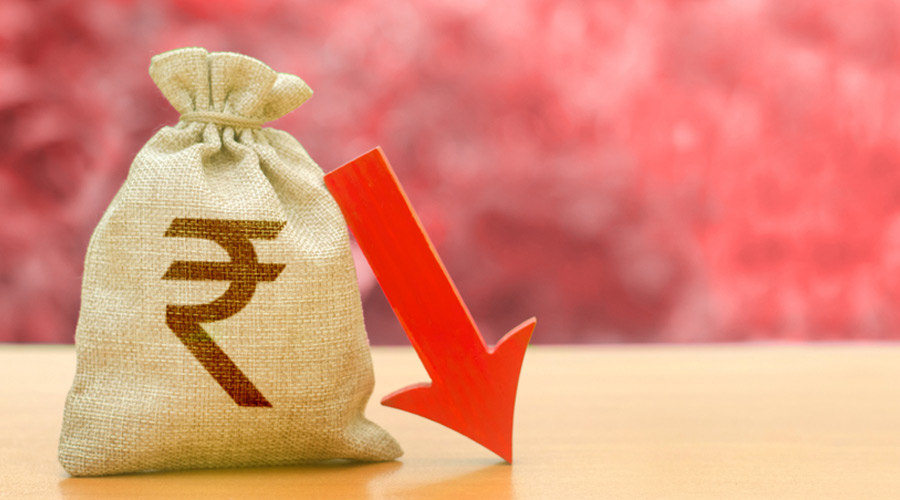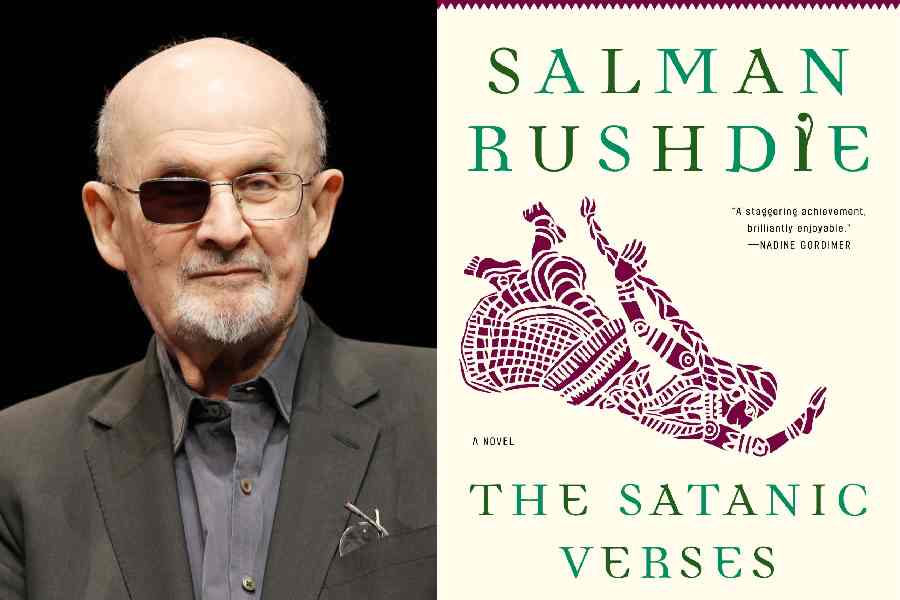India Inc is petrified at the prospect of the rupee tumbling to a level below 80 against the US dollar. The Indian currency on Monday plunged to a record closing low of 77.53 to the dollar, and a deep dive to 80 will wreck industry’s cost and profit projections.
The Telegraph spoke to a few experts, and their view was that the domestic currency might hit the 80 mark in the second half of this calendar year, if crude prices continued to play truant. In the first half, the worst-case scenario is that the rupee might slide to 79 against the dollar.
The rupee’s course will be determined by the performance of the global economy and the RBI’s action to check depreciation. If the interest rate actions of central banks hit growth and even leads to a recession as feared by some analysts, crude oil prices will fall, which is a positive for the currency.
The RBI can also stabilise the domestic currency through either interest rate actions or dollar sales .
A sustained depreciation leads to imported inflation, making it hard for the RBI to keep retail inflation within the threshold of 6 per cent. A Reuters poll has forecast retail inflation at 7.5 per cent in April against 6.95 per cent in March.
Imran Kazi, vice-president-risk advisory, Mecklai Financial Services admits the trend will remain bearish and the next couple of months could see the rupee heading towards 78.50 and thereafter settle down at 77-77.25 levels.
“The rupee has a lot of catching up to do with currencies like the yuan which has depreciated by 4 per cent whereas we have done around 1.5 per cent. There are no positives as such in favour of the rupee. Moreover, if the US dollar interest rates do go up according to the indications available from the Fed, that certainly will be bad for emerging markets,’’ he added.
Kazi said that the odds are stacked against the rupee particularly given the fact that crude oil prices are trading above $100 per barrel.
He warned there would be no respite even if the Ukraine war ended as the sanctions against Russia would remain which would keep commodity prices high. Kazi did not rule out the possibility of the rupee falling to 80 to the dollar during the year.
Abhishek Goenka, founder, IFA Global said “it is pretty possible’’ that the rupee could touch 80 by December.
“The rupee is likely to remain under pressure, until we do not break and close below 76.75 again. Both current as well as capital account are under pressure. The former on account of crude and latter on account of equity outflows resulting from Fed tightening and risk aversion because of the Russia-Ukraine war and lockdowns in China’’ he said.
Goenka pointed out that even after Russia invaded Ukraine on February 24, the rupee had been outperforming its peers. The RBI was selling dollars to suck out liquidity and this was supporting the rupee.
With the RBI raising cash reserve ratio (CRR) and system liquidity surplus reduced, it does not need to sell forex as aggressively as before to drain out liquidity.
Even after this move, the rupee has depreciated only 3.7 per cent compared with Thai baht, Korean won, yuan, Taiwanese dollar which have depreciated 4-7 per cent since the war started. "Rapid Yuan depreciation would also have given the RBI comfort to let the rupee weaken. It is important to ensure rupee competitiveness at a time exports are doing well’’, Goenka said.
Anindya Banerjee, VP, currency derivatives & interest rate derivatives at Kotak Securities, also said that though the rupee at below 77 looks optically weak, it has done quite well compared with some of the other currencies over the last one year.
Banerjee is of the view that the unit will either be an average performer or out-performer as structural (FDI) flows will come into the country and by the end of this quarter, it could recover back to 77 levels.
He pointed out if crude oil prices take off sharply, the rupee hitting 80 to the dollar cannot be ruled out.
The rupee on Monday appreciated 12 paise to end at 77.32 against the dollar, snapping its two-day losing streak, supported by a rebound in regional currencies and a fall in crude oil prices.
Icra chief economist Aditi Nayar said a rise in current account deficit, along with monetary policy tightening across the globe, dollar strength and a general risk aversion towards emerging market assets were expected to impart a depreciating bias to the rupee.
"Ample forex reserves, narrowing inflation differentials between India and some developed economies, and the likely stemming of FII debt outflows would contain the further depreciation in the rupee. We expect the rupee to trade between 75-79 to the dollar in the remainder of first half 2022-23.”











